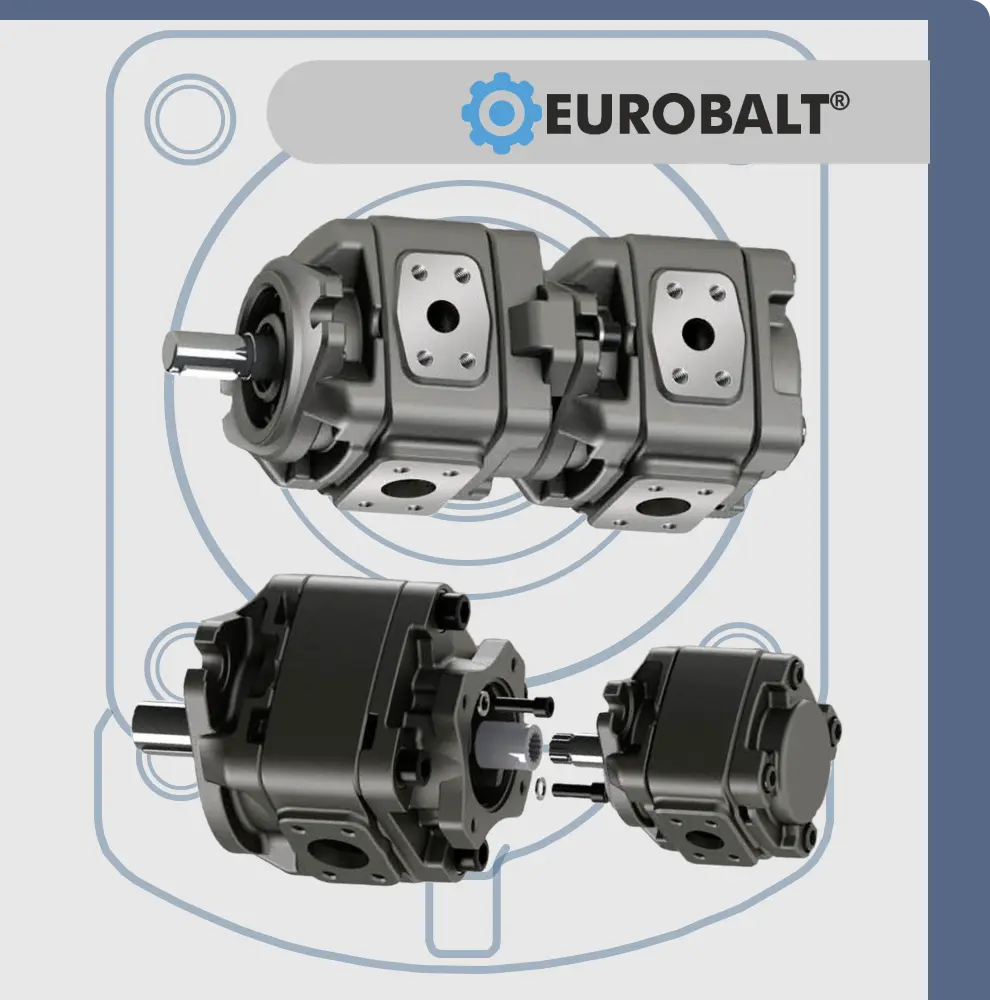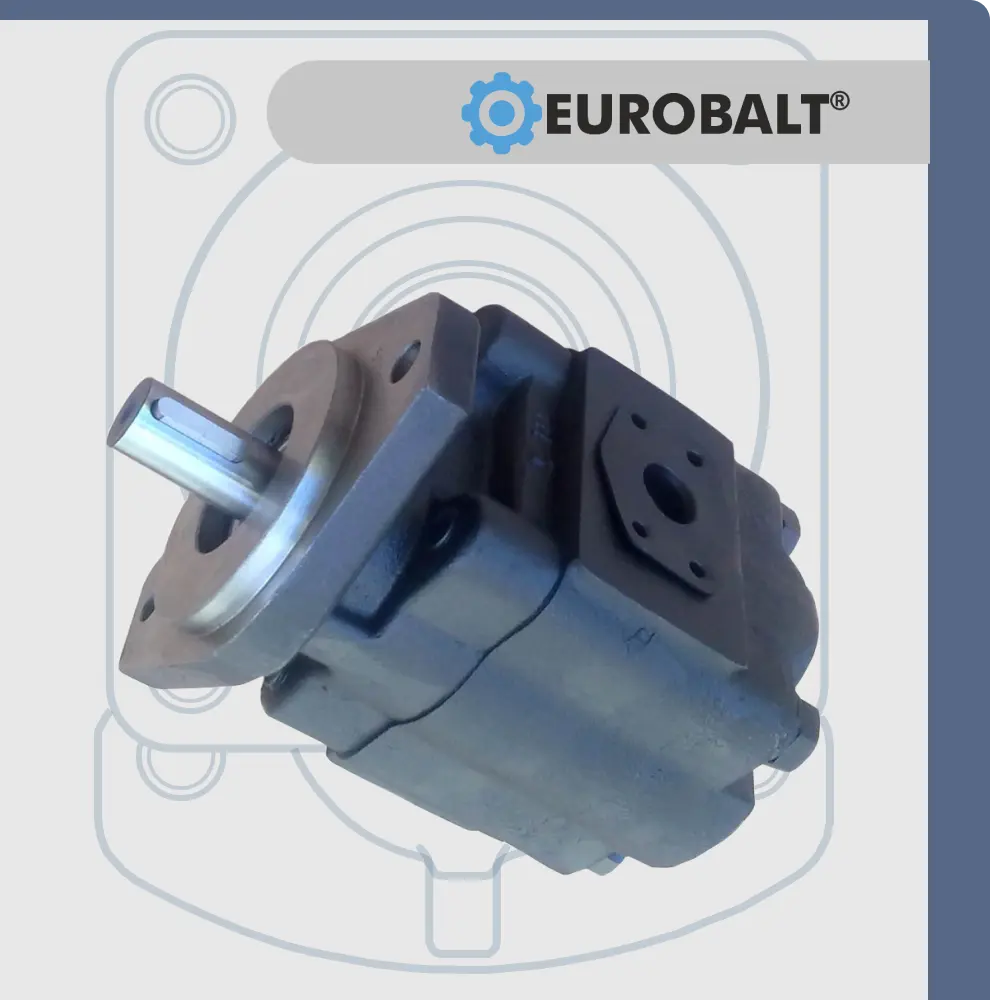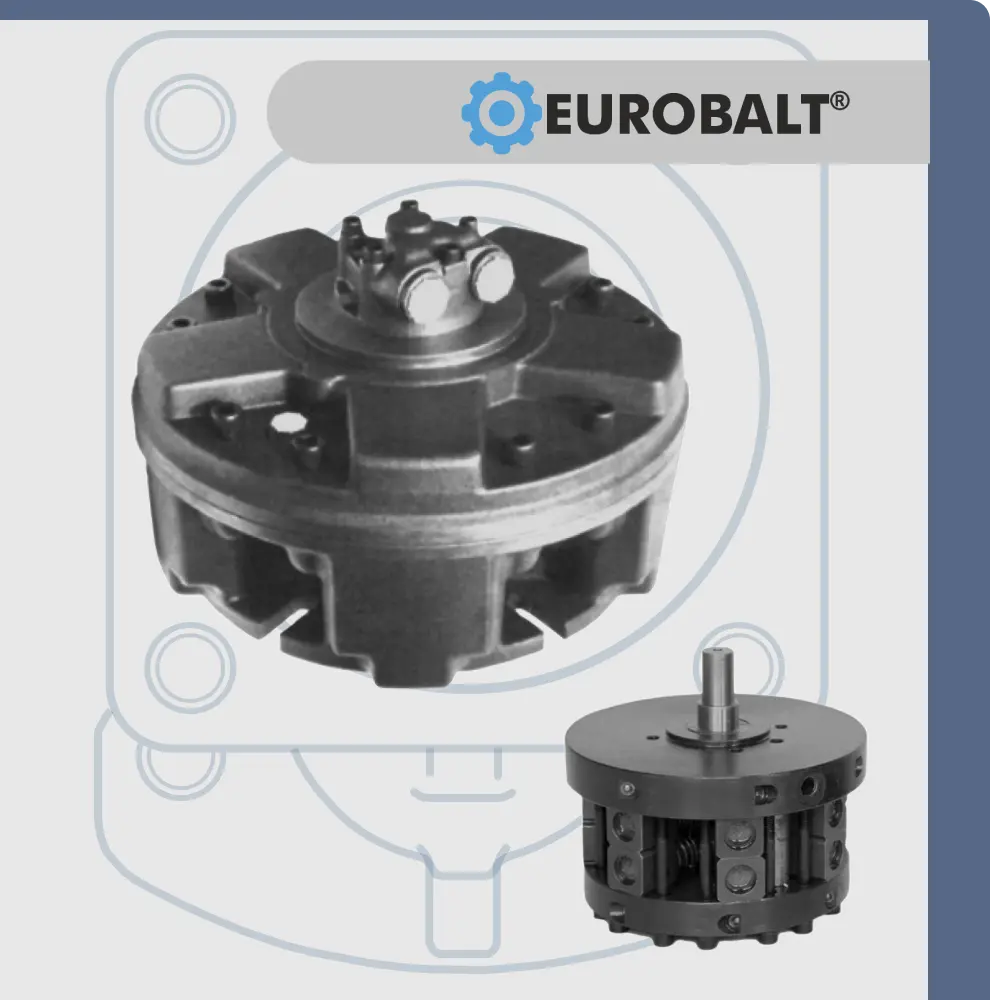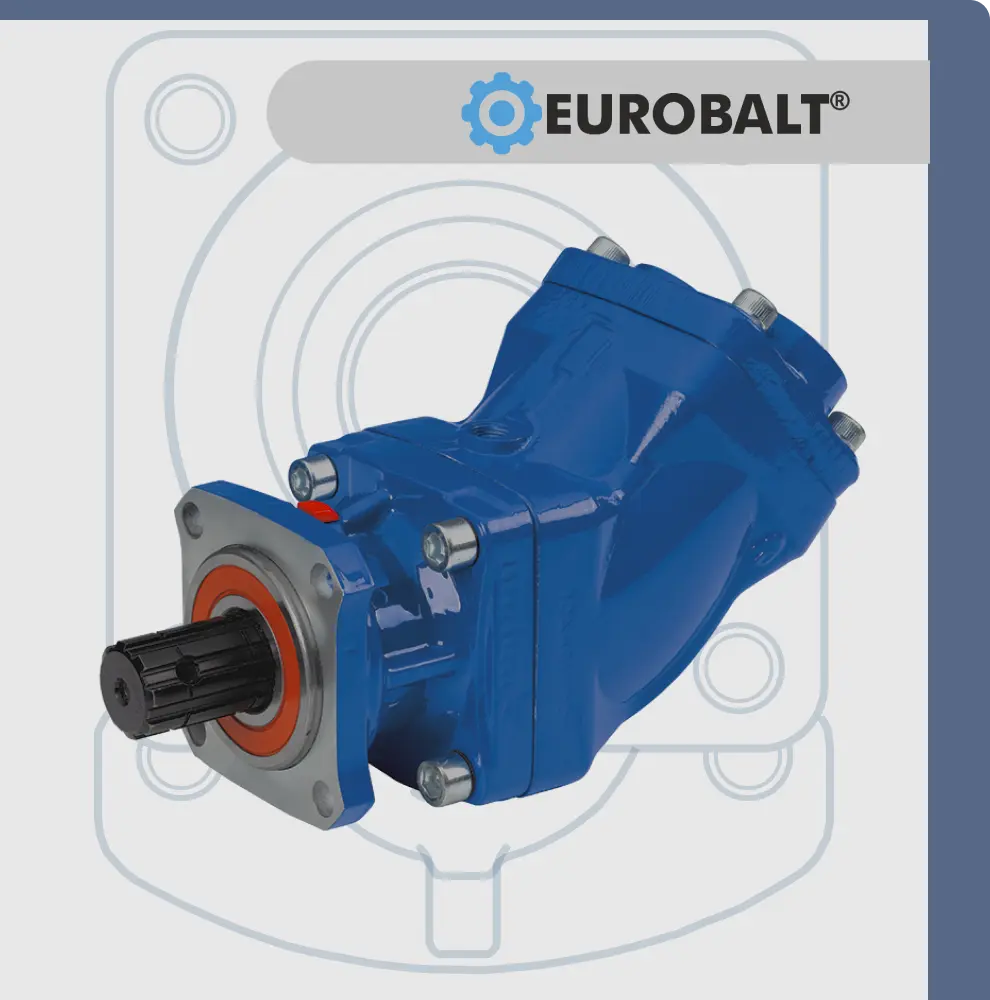Hydraulic pumps are the unsung heroes of many industrial and heavy-duty applications, providing the necessary force to move fluids through hydraulic systems efficiently. From powering construction equipment to controlling machinery in manufacturing plants, these pumps play a vital role in various sectors. In this article, we delve into the intricacies of hydraulic pump manufacturing, exploring different types, components, the manufacturing process, quality control measures, applications, and maintenance practices.
Types of Hydraulic Pumps
Hydraulic pumps come in various types, each suited for different applications based on factors like pressure requirements, flow rates, and fluid viscosity.
Gear Pumps
Gear pumps operate by meshing gears to create a non-pulsating flow of fluid. They are known for their simplicity, reliability, and suitability for applications with lower pressure requirements.
Specifications of gear pumps
- Liquid type – For pumping of liquids with high viscosity
- Maximum flow – 600 L/min
- Rotation speed – 250 to 2500 RPM
- Operation pressure – normaly 25-28 MPa
- Application – Where needed to pump thick liquids, pasty, low purity liquids
Vane Pumps
Vane pumps utilize rotating vanes to generate fluid movement. They offer higher efficiency compared to gear pumps and are often used in medium-pressure applications such as automotive power steering systems.
Specifications of gear pumps
- Liquid type – For pumping of liquids with high viscosity
- Maximum flow – 250 L/min
- Rotation speed – 600 to 1800 RPM
- Operation pressure – up to 16 MPa
- Application – Where needed to pump thick liquids, pasty, low purity liquids
Radial Piston Pumps
Piston pumps employ reciprocating pistons to pressurize hydraulic fluid. They are capable of handling high-pressure applications and are commonly found in heavy-duty machinery like hydraulic presses and excavators.
Specifications of gear pumps
- Liquid type – For pumping of liquids with high viscosity and purest liquids
- Maximum flow – 275 L/min
- Rotation speed – up to 900 RPM
- Operation pressure – up to 50 MPa
- Application – Oil industry, fuel injection systems, hydraulic cylinders, other
Axial-Piston Pumps
Axial-piston pumps operate on the principle of converting mechanical energy into hydraulic energy. They consist of a series of pistons arranged in a circular pattern within a cylinder block. As the shaft rotates, the pistons reciprocate axially, drawing in and displacing hydraulic fluid through a series of inlet and outlet ports.
Specifications of gear pumps
- Liquid type – For pumping of pure liquids with low viscosity
- Maximum flow – 200 L/min
- Rotation speed – up to 3000 RPM
- Operation pressure – up to 40 MPa
- Application – Heavy machinery, excavators or construction equipment
Hydraulic Pumps Manufacturing
Components of Hydraulic Pumps
Understanding the key components of hydraulic pumps is crucial for grasping their functionality and manufacturing process.
Pump Housing
The pump housing encloses the internal components and serves as a casing to contain the hydraulic fluid.
Inlet and Outlet Ports
Inlet and outlet ports regulate the flow of fluid into and out of the pump, ensuring proper operation.
Rotating Element
The rotating element, such as gears, vanes, or pistons, is responsible for generating fluid movement within the pump.
Control Mechanisms
Control mechanisms, including valves and regulators, govern the flow and pressure of hydraulic fluid within the system.
Manufacturing Process
The manufacturing of hydraulic pumps involves several intricate steps to ensure optimal performance and durability.
Design
The design phase focuses on conceptualizing the pump’s structure and functionality to meet specific application requirements.
Material Selection
Choosing the appropriate materials is crucial for durability and performance. Common materials include steel, aluminum, and various alloys.
Machining
Machining processes such as milling, drilling, and turning are employed to shape the pump components with precision.
Assembly
Assembly involves putting together the machined components and integrating control mechanisms to create the final product.
Hydraulic Pumps: Quality Control
Stringent quality control measures are essential to ensure the reliability and performance of hydraulic pumps.
Testing
Testing procedures, including pressure tests and flow tests, verify the pump’s functionality and performance under various conditions.
Inspection
Thorough inspection of components during and after manufacturing helps identify any defects or inconsistencies that may affect performance.
Manufacturing hydraulic pumps is a meticulous process that involves careful design, precise machining, and rigorous quality control. Understanding the intricacies of pump types, components, and manufacturing processes is essential for ensuring optimal performance and reliability in various industrial applications.
We are ready to cooperate and fulfill your orders. Use the contact form and we will contact you as soon as possible.





